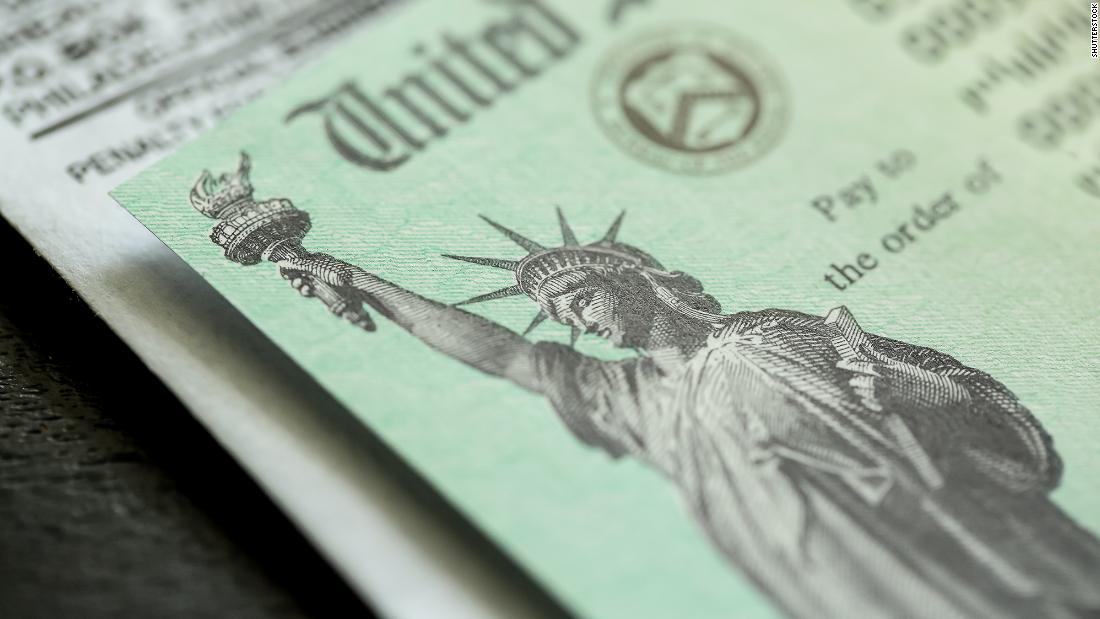Approximately 90% of American households will be eligible, according to a Penn Wharton Budget Model estimate.
Payments are worth up to $ 1,400 per person, including dependents. Therefore, a couple with two children can receive up to $ 5,600. Unlike previous rounds, families will now receive additional money for adult dependents over the age of 17.
Do you earn a lot of money to be eligible?
In what year are income limits based?
Income limits will be based on the most recent taxpayer statement. If they have already submitted a 2020 return at the time the payment is sent, the IRS will base the eligibility on their 2020 adjusted gross income. Otherwise, it will be based on the 2019 return.
When can you expect money?
For the previous pandemic stimulus project, the IRS began sending the second round of payments three days after then President Donald Trump signed the legislation in late December. But it is possible that the tax reporting season, which is underway, may slow the process down at this point.
Payments don’t come out all at once. Those whose bank information is filed with the IRS are likely to receive the money first, because it will be deposited directly into their accounts. Others may receive paper checks or prepaid debit cards in the mail.
You have received the last stimulus check. Will you get this one?
Not necessarily. Although the same people who received the full amount in the previous two rounds of stimulus payments are likely to receive the full amount this time, checks will be eliminated more quickly now – cutting people with a lower income level.
The first round, which was worth up to $ 1,200, excluded individuals who earned at least $ 99,000, heads of filers with a child who earned more than $ 136,500, and childless couples who earned more than $ 198,000 – but families who they earned a little more and were still eligible if they had children. About 160 million payments were made, with 94% of households receiving the money.
Payments were based on the taxpayer’s most recent income tax return. Therefore, those who have submitted new claims since last March can enter or leave eligibility if their earnings change.
Who else is not eligible?
Undocumented immigrants who do not have a Social Security number remain ineligible for payments. But your spouses and children are eligible, as long as they have a Social Security number. They were excluded from the first round.
Should you return any money to the IRS if you earn more in 2020?
No. If your income in 2019 was less than your salary in 2020, you should not return any money.
But if your income dropped in 2020, filing your tax return now – before payments are made – could mean that you will receive a bigger check.
What if you never received your last payment, but you believe you are eligible?
People who have changed or changed their bank account since the last time they filed tax returns may also have been left out.
